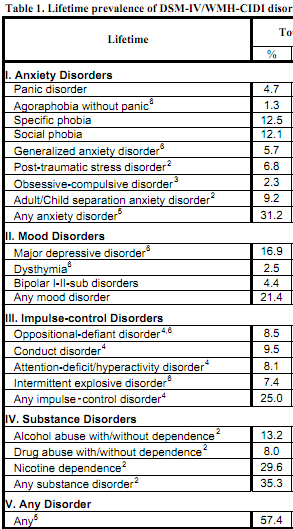Video Game Appeal Turns on the Ideal You
Friday, August 5th, 2011 There is no doubt that the interactive video game is one of the most successful cognitive designs of all times. We have a general idea of what makes a good interactive game design tick but don’t understand them well enough to consistently reproduce the effects, especially in areas outside of pure entertainment such as education and health. That is why I am always on the look out for new scientific studies on the video game design pattern.
There is no doubt that the interactive video game is one of the most successful cognitive designs of all times. We have a general idea of what makes a good interactive game design tick but don’t understand them well enough to consistently reproduce the effects, especially in areas outside of pure entertainment such as education and health. That is why I am always on the look out for new scientific studies on the video game design pattern.
Take for example, the recent research announced by the Association of Psychological Science, Getting to the Heart of the Appeal of Videogames. This research studied almost 1000 serious gamers and hundreds of casual gamers. An impressive scope relative to other video game studies.
What they found was that the allure of the game was not the ability to “escape from the world” as is often argued but the ability to try on different characters that you would ideally like to be.
More specifically:
“The research found that giving players the chance to adopt a new identity during the game and acting through that new identity – be it a different gender, hero, villain – made them feel better about themselves and less negative.”
The new identity has the greatest impact when it represents the ideal you but still overlaps with some characteristics you currently have.
This has important implications for cognitive designers. There are many ways to incorporate “trying on the ideal you” in other designs.









